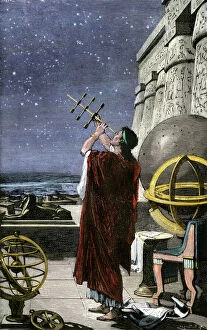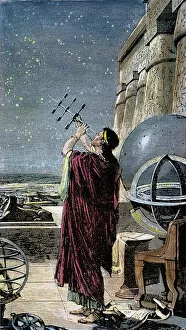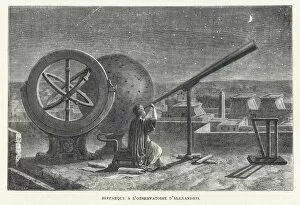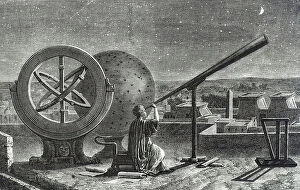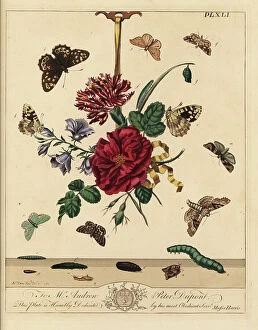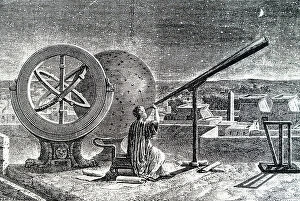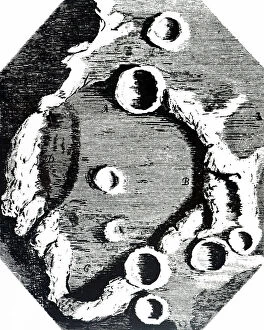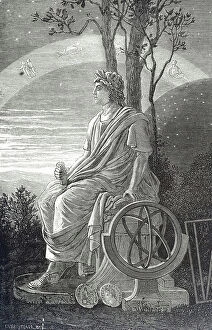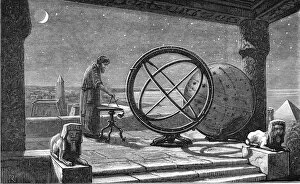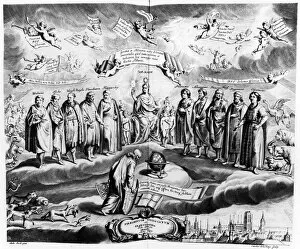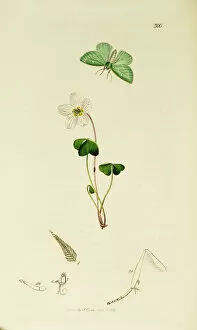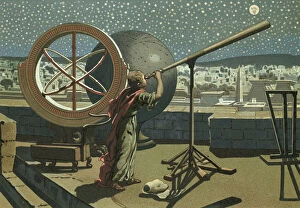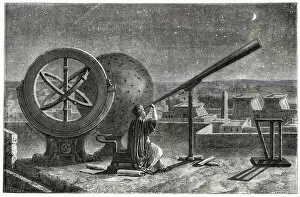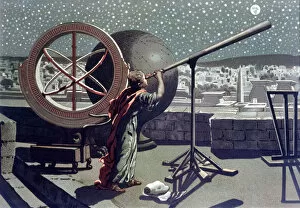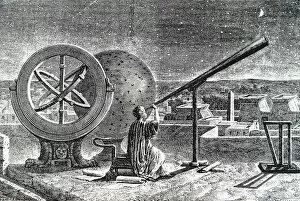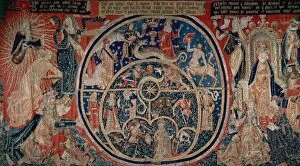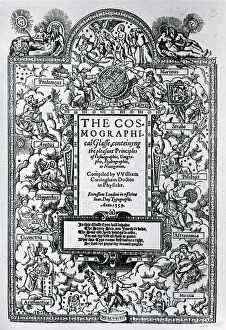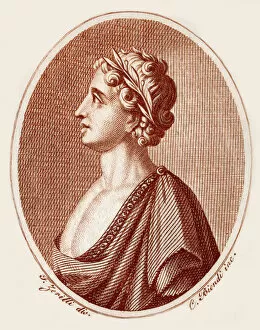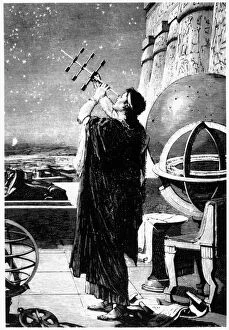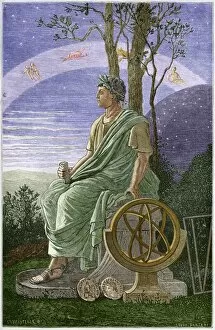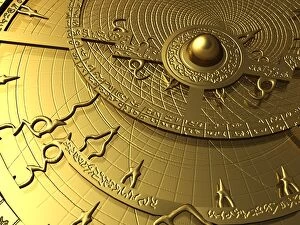Hipparchus Collection
Hipparchus, a renowned Greek astronomer from the 2nd century BC, dedicated his life to observing and studying the stars
For sale as Licensed Images
Choose your image, Select your licence and Download the media
Hipparchus, a renowned Greek astronomer from the 2nd century BC, dedicated his life to observing and studying the stars. His contributions to the field of astronomy were significant and continue to be recognized even today. In an enchanting 19th-century line engraving, we see Hipparchus immersed in his celestial observations. With unwavering focus, he gazes at the night sky, unraveling its mysteries one star at a time. This image captures the essence of his dedication and passion for understanding the universe. The Tapestry of Astrolabes from the 15th century further emphasizes Hipparchus' influence on future generations. It symbolizes how his work laid a foundation for advancements in astronomical instruments that would shape our understanding of space over centuries. Johannes Hevelius' Uranographia showcases another aspect of Hipparchus' legacy - mapping out constellations with meticulous precision. Through this masterpiece, Hevelius pays homage to Hipparchus by immortalizing his discoveries in stunning detail. But Hipparchus was not solely focused on astronomy; he had diverse interests as well. Curtis British Entomology Plate 300 reveals another facet of this multifaceted scholar's pursuits - entomology. His curiosity extended beyond celestial bodies to encompass all aspects of nature. One cannot help but imagine Hipparchus within the walls of Alexandria's observatory, surrounded by ancient instruments and scrolls filled with knowledge waiting to be unlocked. In lithographs dating back to 1865, we catch a glimpse into these moments when he delved deep into astronomical studies amidst an atmosphere steeped in history and wisdom. His impact reached far beyond academia; it even influenced political events like Gelon's victory over Pisistratidae as depicted in Slaughter off the Pisistratidae (1890). This artwork signifies how Hipparchus' work transcended boundaries and left an indelible mark on various aspects of society.

